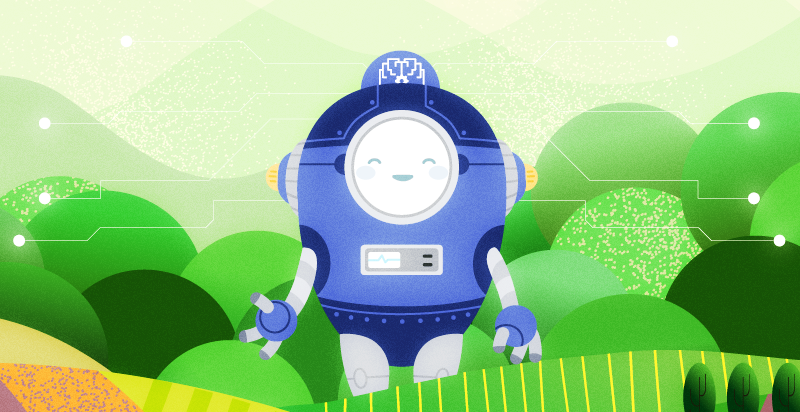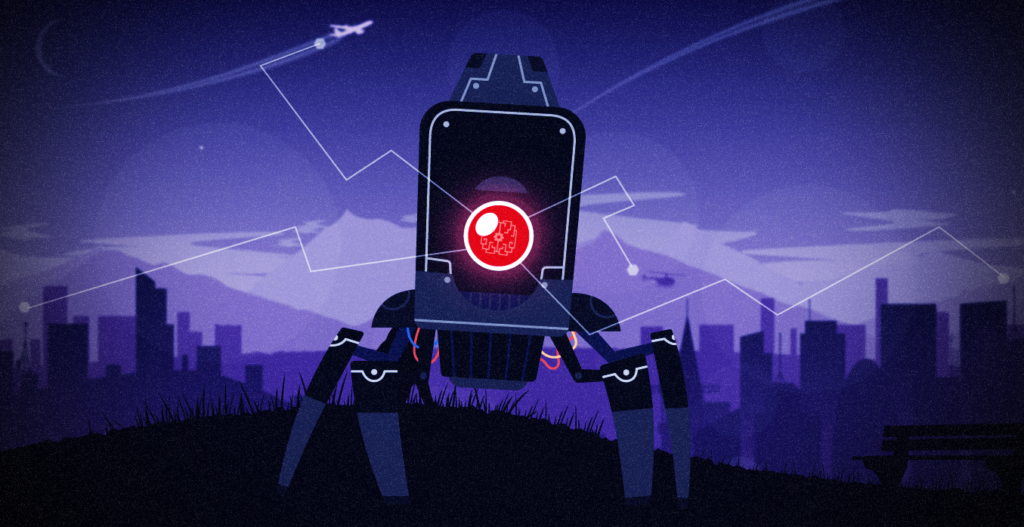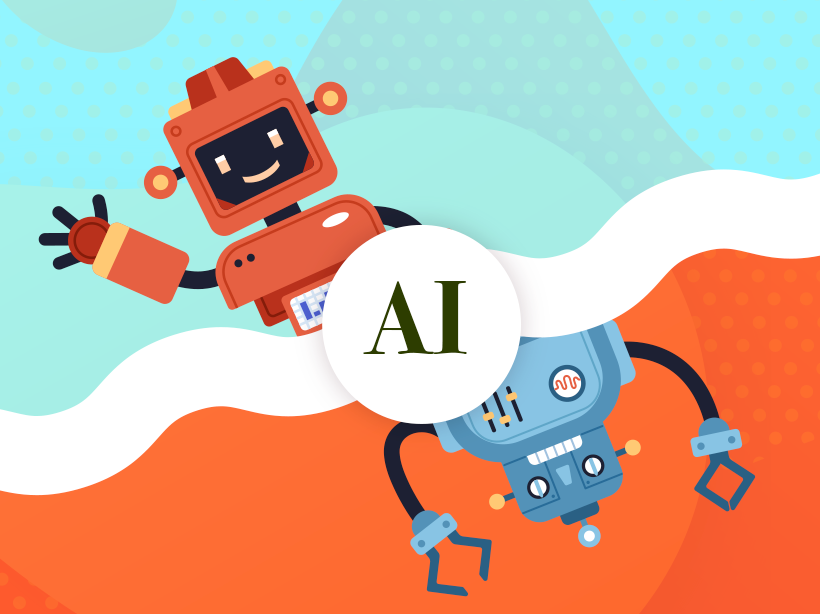The emergence of AI-driven platforms like ChatGPT and MidJourney has transformed how creative agencies approach strategy and content development. Rapid AI adoption brings both opportunities and challenges, often not fully grasped by creative and strategy teams. In this article, we explore the pros and cons of integrating AI into your creative workflow.
Will AI replace your design and strategy teams?
The bottom line is that AI tools like Microsoft Designer, Adobe Firefly, Google Bard, and the plethora of AI tools emerging each day, present a double-edged sword for creative agencies. On the one hand, they can help streamline workflows and save time and money by automating repetitive tasks. On the other hand, they also present a potential threat to agencies’ revenue streams by allowing clients to take on more of the creative work themselves. This in and of itself will create challenges for clients as they try to navigate the focused approach a professional can bring to a creative project by balancing UX, functionality, design, and business goals.
To stay competitive, agencies need to find ways to add value beyond what AI tools can offer. This might mean focusing on high-level strategy and ideation, or finding ways to integrate AI tools into their own processes to enhance their work. At the end of the day, it’s not about whether AI will replace human creatives, but rather how agencies can leverage the technology to create better work and deliver more value to their clients.
At Kanopi we believe that top-tier creative and human-centric experiences will always demand the expertise of skilled professionals. The analogy we draw is: while cell phone cameras have made photography accessible to the masses, we still rely on experienced professionals to capture our most significant life moments. In the same vein, we think clients who recognize the importance of how good design will impact their ROI will continue to depend on the knowledge and skills of professionals to deliver their projects successfully.

All Hail our Robot Overlords: The case for using AI
We find that most of the advantages of utilizing AI tools come down to the following three categories.
- Cost: AI tools are becoming more affordable and may be invaluable for smaller organizations with limited teams to be competitive with larger companies. AI tools can help to reduce the need for expensive design software and personnel, making it more cost-effective for businesses to produce high-quality designs and content.
- Speed and Efficiency: AI tools can help designers and content creators to work more efficiently by automating repetitive tasks, such as resizing images or optimizing content for SEO. This can save a significant amount of time and allow designers to focus on more creative aspects of their work.
- Creative Ideation: AI tools can contribute to the ideation phase of a creative project by analyzing data from social media trends, consumer behavior, and industry insights to help creatives better understand their target audience. By fine-tuning their ideas with this information, creatives can then create impactful and innovative work that delivers more to their clients.

The Ghost In the Machine: The risks of using AI tools
- Legality: The use of AI tools in creative work raises concerns about copyright, sourcing, and how AI consumes work as part of its algorithm. Currently, legislators and legal scholars are grappling with the question of who owns the rights to AI-generated works. We suggest a balanced approach. It is recommended that agencies and individuals use AI as a tactical tool within their creative process rather than relying on it as the sole centerpiece of their ideation and research.
- Less creative and unique solutions: AI tools are limited by their algorithms and data sets, resulting in less varied and unique outputs. Even with impressive individual pieces, looking at collections like those in MidJourney’s sample galleries reveals an overreliance on certain design elements, such as teal and blue color schemes. These limitations emphasize the importance of the human touch in creative ideation, intuition, and truly customized designs that AI tools cannot replicate.
- Potential for misuse and AI Bias: While AI tools have the potential to revolutionize industries, they are not immune to biases. Human input and limited data can result in skewed outputs that discriminate against certain groups of people. As demonstrated by Amazon’s AI recruiting tool, an over-reliance on data without human oversight can lead to biased outcomes. Agencies need to train their staff to identify and counteract bias in AI tools to prevent potential misuse.
As AI tools continue to evolve, we anticipate the emergence of ethical AI practices and increased transparency regarding how AI processes and interprets data. These factors will become increasingly important for the widespread adoption and acceptance of AI as a viable business tool in the future.
AI tools can be a valuable asset to creative professionals, providing increased efficiency, accuracy, and cost-effectiveness. However, it is important to balance the use of AI with a human touch to ensure that creative outputs are engaging, usable, and can meet project KPIs. Additionally, it is important to be aware of the potential for misuse and to use AI tools ethically and responsibly. As AI technology continues to evolve, it will be interesting to see how it is integrated into the field of graphic design and content strategy.







